
390 FE-powered Shell Valley Cobra with Nitrous Oxide
As told by Mark Miller
Photos by Steve Temple
Trial and error, hit and miss, the school of hard knocks — call it what you want, but sometimes you have to learn by doing. I know this firsthand from a hairy experience at triple-digit speeds.
First, though, a bit about the build on my Shell Valley Cobra. I’m a fence contractor by trade, so I don’t shy away from getting my hands dirty. (Regular readers might recall the cover feature on my Meyers Manxster Dual Sport.) I have a good eye for quality construction and chose this particular Cobra replica from Shell Valley for its sturdy 2-by-4-inch tubular frame with dropped floors, and also for the absence of air gaps in the firewall.
The build took me about nine months in all, doing almost all of the work myself, except for the candy apple red paint job. I handled everything from installing the ididit steering column to the wiring harness, and then some.
As for the engine, it’s a 397 ci ’71 Ford FE. This slightly bored-out block is based on the 390, the most common FE engine in later applications, used in many Ford cars and standard in many trucks as well. While not as powerful as the 427 and 428 models, it costs way less and still provides good performance, particularly in lighter-weight vehicles such as this Shell Valley roadster.
The 390’s factory rating ranged from 265 to 320 hp, and as high as 375 hp in certain applications with an aluminum four-barrel intake manifold, cast iron headers, 10.5:1 compression ratio and a solid lifter valve train. Many high-performance Ford cars came with an aluminum 3x2-bbl intake manifold in the trunk for the dealer to install that would raise the engine’s output to 401 hp.
But I went one better, hitting 418 horses by using an Edelbrock flat-tappet cam and a Performer intake manifold that’s topped with a four-barrel, 750 cfm Holley carb. Plus, I added some “happy juice” in the form of a nitrous oxide plate from ZEX.
The transmission is a five-speed TREMEC, the brakes are from SSBC and the suspension has QA1 coilovers. But I decided to tinker with the chassis height — and nearly at my own peril. When I was setting up the engine and transmission in the frame, I wanted to be as low as possible. What I found out, though, is that when you’re going 140 mph in the desert and drop in a dip, the oil pan plug hits the pavement. Ouch!
Obviously, I had to raise up the chassis to keep this from happening, so watch out for what happens on total compression of your suspension. But that’s not the only thing to keep in mind.
Next is the running of the camber spec that is best for handling in relation to tire wear. You can sure burn some tires off going fast with some interesting camber, so I eventually chose a 0-degree setting.
Shell Valley likes me to show off my Cobra as a demo of sorts for prospective customers because it sure gets a lot of attention. But I’m telling you the best part is the nitrous, because when running flat out and you need a little more, just hit the button, and life is good. Just be sure to watch for those dips in the road!

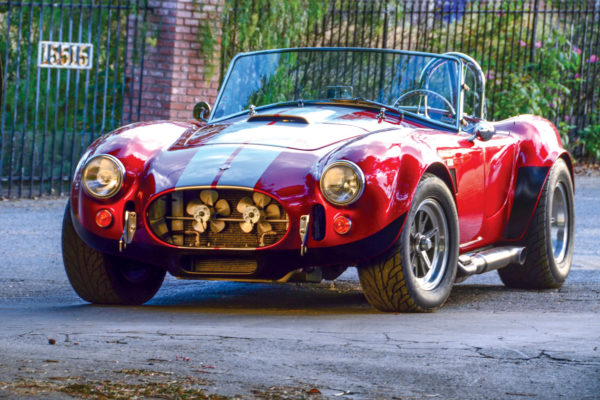
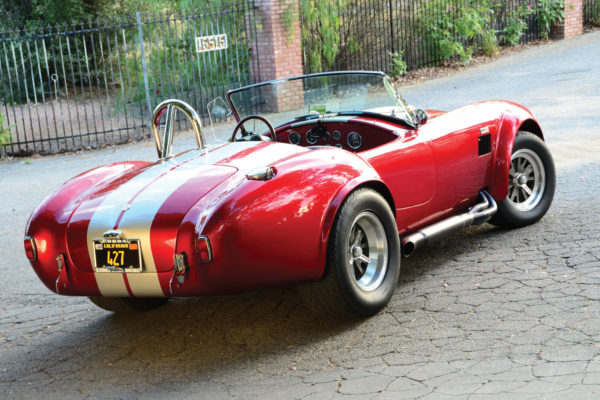
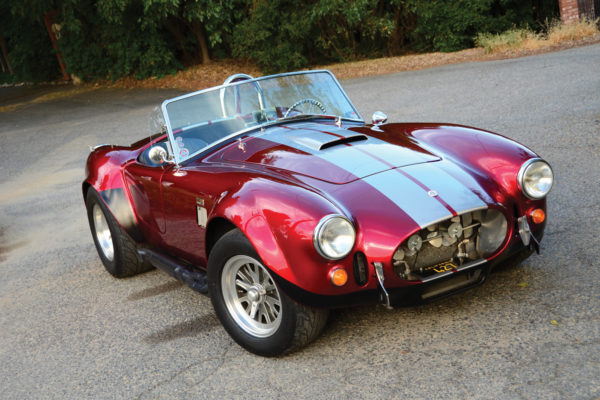
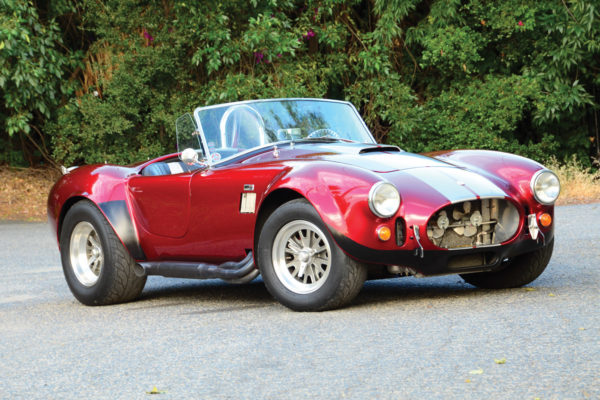
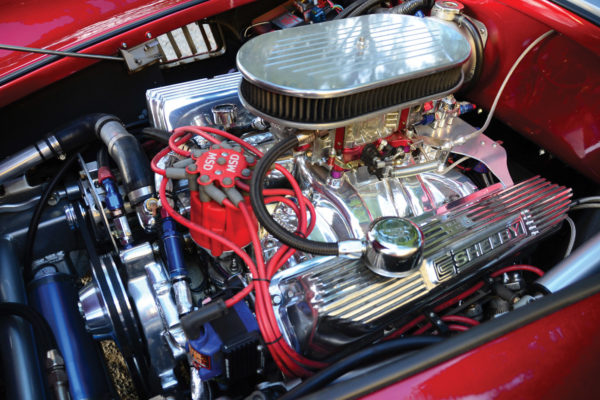
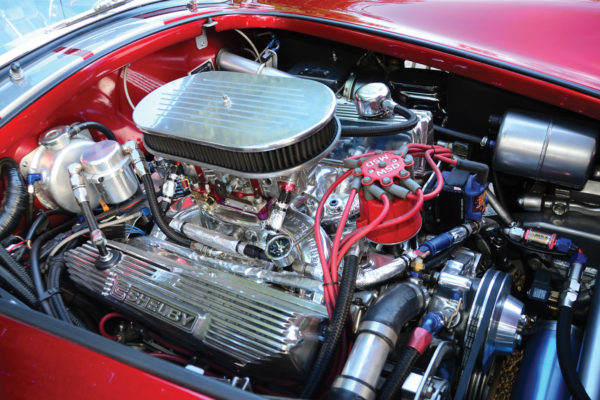
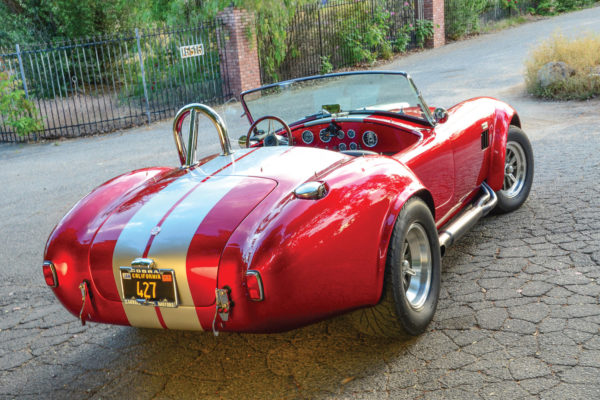
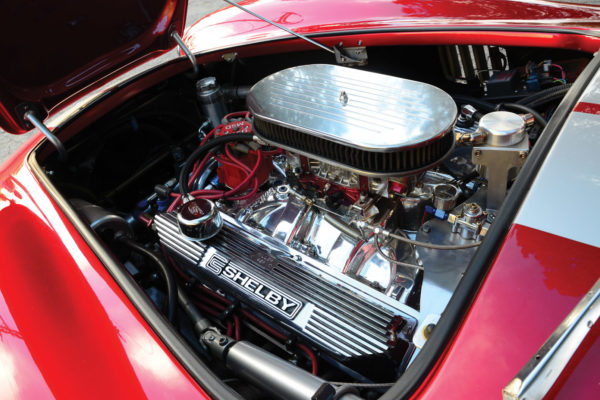
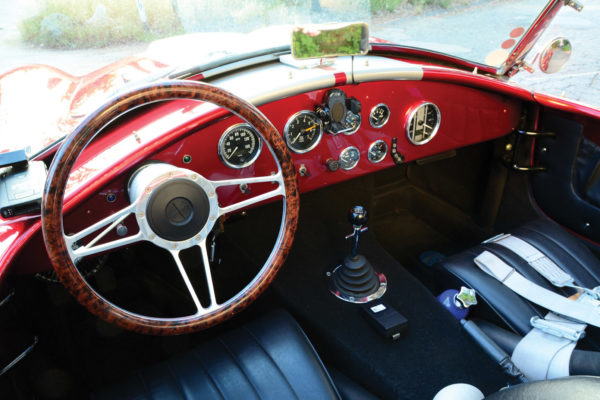
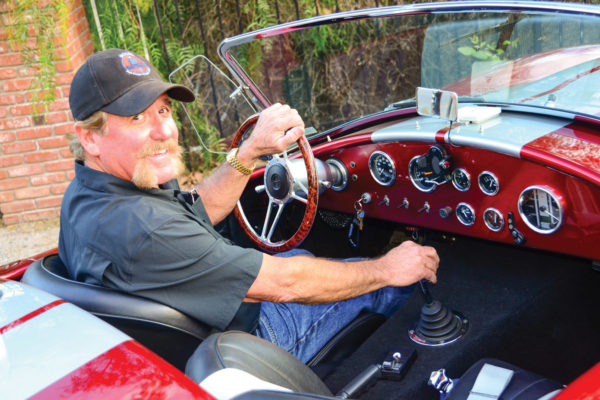
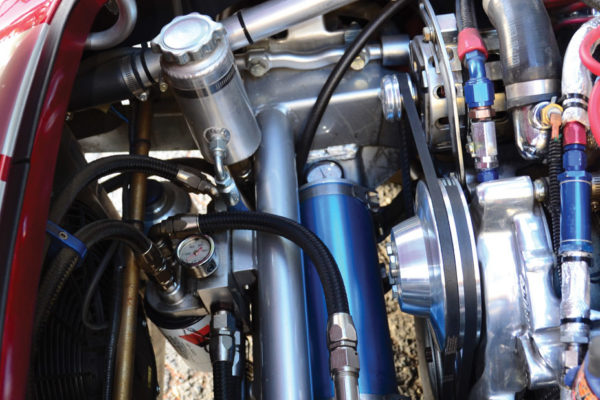
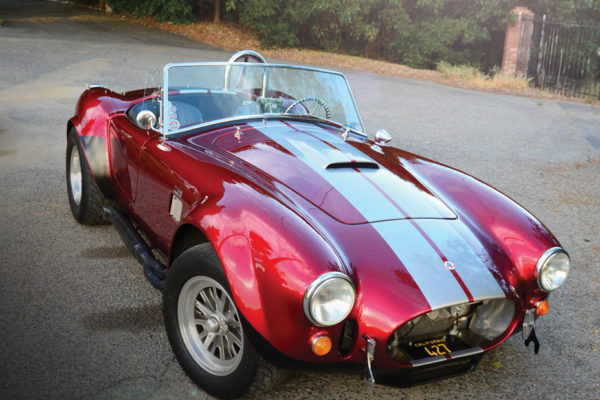
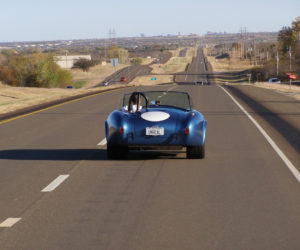
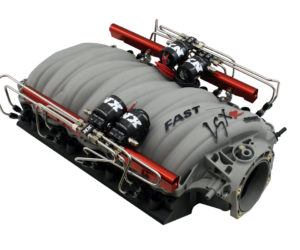
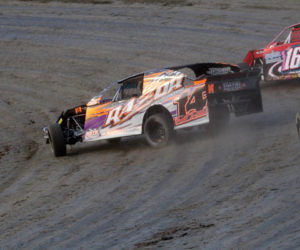
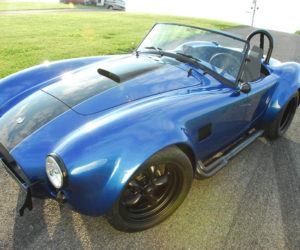
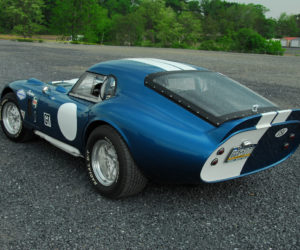
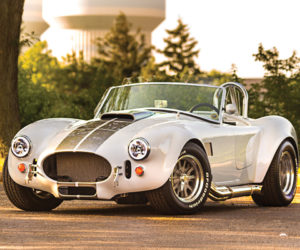




Comments for: Miller's Crossing
comments powered by Disqus